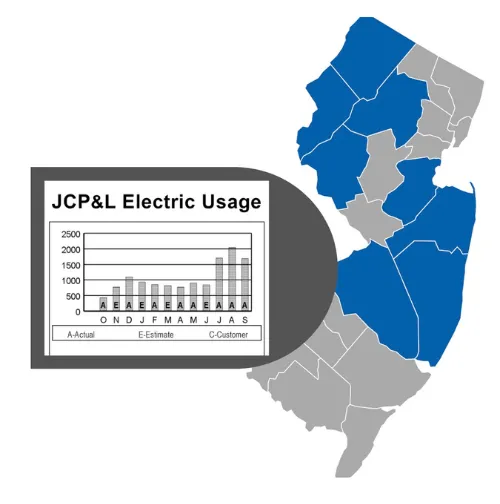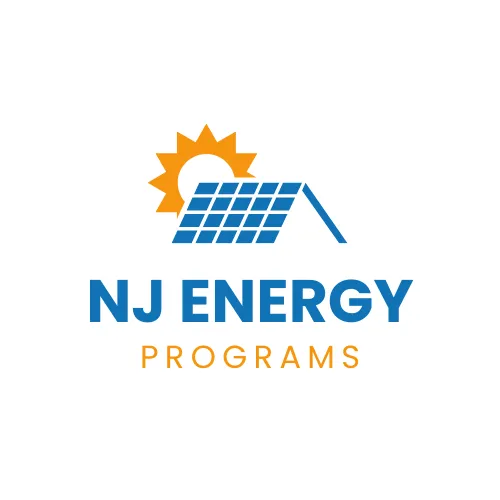Jersey Central Power & Light (JCP&L) presents a net metering program that empowers owners of solar panel systems to align their energy consumption from the utility with the energy generated by their solar panels. This guarantees a reliable power supply for customers, particularly considering the intermittent nature of renewable energy sources. Moreover, participants have the chance to gain financial advantages by selling any excess energy generated by their solar panels back to the grid.
What are the rate and pricing structures for net metering offered by Jersey Central Power & Light?
Jersey Central Power & Light determines its net metering rates by calculating annual credits, which are then multiplied by the current retail rate. These credits are applied to future bills, with any excess credits carried over to the customer's account at the end of the year.
The net metering program provided by Jersey Central Power & Light consists of three main tiers based on system size, each corresponding to specific rates and pricing structures. Level 1 is tailored for solar panel systems up to 10kW (typically serving residential customers), Level 2 accommodates installations up to 2,000kW, while Level 3 applies to facilities that do not meet the criteria for Level 1 or Level 2 interconnection procedures.
What is the limit on net metering capacity set by Jersey Central Power & Light?
In New Jersey, the net metering capacity limit is established at 2.9% of the total annual kilowatt-hours (kWh) sold within the state by individual electric power suppliers in the previous year. While there isn't a strict and fixed constraint on net metering, the Board of Public Utilities (BPU) possesses the authority to halt net metering availability once this capacity threshold is reached. Nonetheless, it's important to note that the BPU also has the discretion to prolong net metering even after this threshold is reached. This mechanism is commonly referred to as a "trigger" rather than a rigid cap
What happens with the net metering bill credits from Jersey Central Power & Light?
In certain scenarios, Jersey Central Power & Light patrons might generate surplus electricity beyond their consumption, leading to a situation called net excess generation (NEG). This generates additional net metering credits, which are allocated both on a monthly basis and at the close of the year.
For every kilowatt-hour (kWh) of NEG produced, customers are reimbursed at the full retail rate, up to the total electricity amount they consumed within that yearly period. These credits are utilized to offset forthcoming bills until exhausted and have a validity until the year's end. If there are any remaining credits by the end of the year, the value of the excess generation is credited to the customer's account at the wholesale cost of power.

What Areas Do JCP&L Cover?
Burlington County
Essex County
Hunterdon County
Mercer County
Middlesex County
Monmouth County
Morris County
Ocean County
Passaic County
Somerset County
Sussex County
Union County
Warren County

Facebook